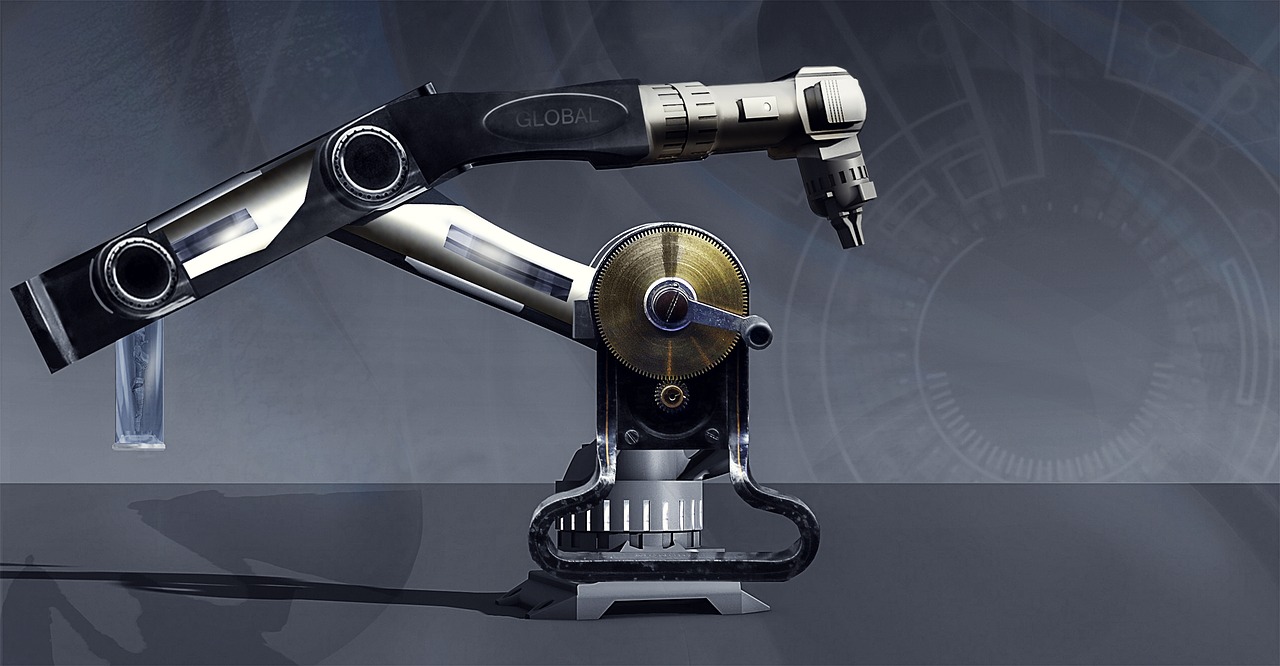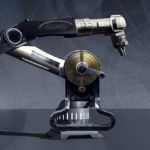Although this has been said several times over, summarizing the trends that are dominating the automation industry in 2017 is worthwhile.

With the rise of Artificial Intelligence and autonomous technologies, automation in industrial ecosystems is becoming increasingly independent.
Three trends that are becoming commonplace in industries are
Industries are rapidly shifting to systems based on Internet of Things (IoT) for a highly inter connected ecosystem that has the potential to operate entirely on itself without human intervention in the near future.
The decreasing size and costs of sensors have increased the prominence of the technology in a growing range of connecting devices.
Sensors collect information on sound, vibration, temperature and much more, which can be used to analyze and control industrial processes and alert the plant manager of problems and fix issues – all in a fraction of a second.
IoT is all set to introduce hybrid industries such as precision agriculture.
Integrating IoT with Artificial Intelligence is also a major consideration for technocrats for achieving maximum automation.
Computing Power
IoT and other connected systems require high-powered processors that deliver raw performance in rugged and harsh environments, and high data-transfer speeds.
High-power microprocessors and network devices that can precisely control machines by interpreting signals from other equipment are being used. Several industries these days are using supercomputers (not to be confused with quantum computers).
In order to achieve the ideal “smart factory”, sensors are getting smaller and faster, and are being linked to increasingly powerful computers.
Industrial automation systems with high computing power can capture, process and analyze Big Data from the factory itself.
Wearable Tech
Wearable tech isn’t necessarily of use only in consumer markets. Industrial ecosystems, too, can use wearable devices and integrate it with IoT and AI to monitor and remotely control machines and processes.
One benefit of this would be that equipment operators can have real time access to more data.
The next half of 2017 could see a spike in the use of wearable technologies in industrial environs.
Wearable tech will improve collaboration between robots and humans, reduce manual operations, and allow humans to assume higher roles such as supervision.
Other applications of wearable technology could be to improve health and safety of employees. Heads-up display helmets and watches containing sensors linked to supervisors and control centers could alert employees of any hazards.
Currently, several researchers are incorporating Augmented Reality into wearable tech to make interfaces better and more futuristic.

